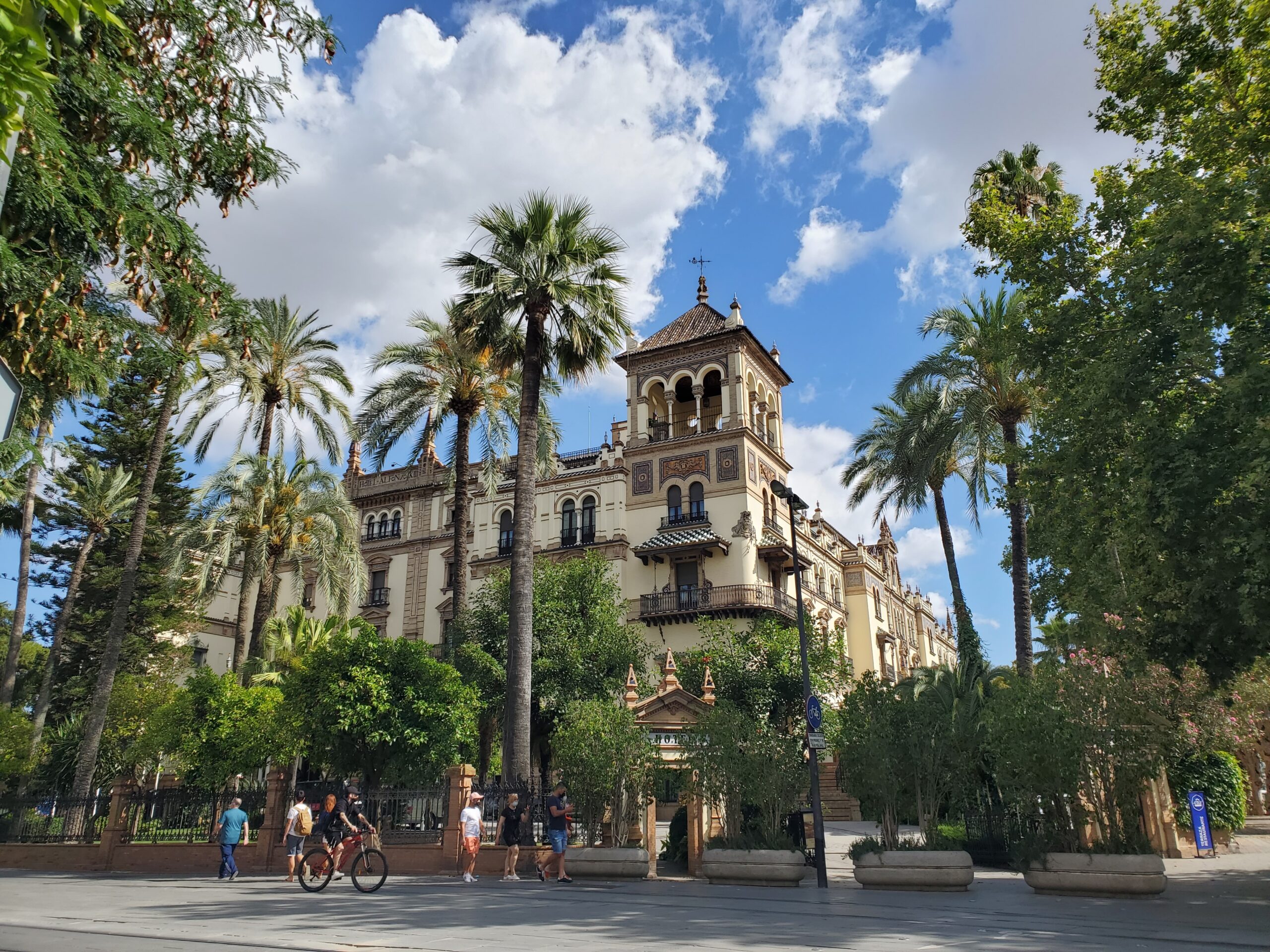Top 10 Must-Visit Places in Seville, Spain
Few would deny that Spain is a passionate and vibrant country. While not one of Europe’s largest nations in terms of land area, Spain feels like a fairy-tale destination with festivals happening year-round. Among its cities, Seville stands out for its captivating flamenco performances and colorful festivals that enchant visitors. It’s also home to the world’s largest Gothic cathedral and retains the charm of a medieval city. Today, we’ll explore the most captivating places to visit in Seville.
1. Real Alcázar
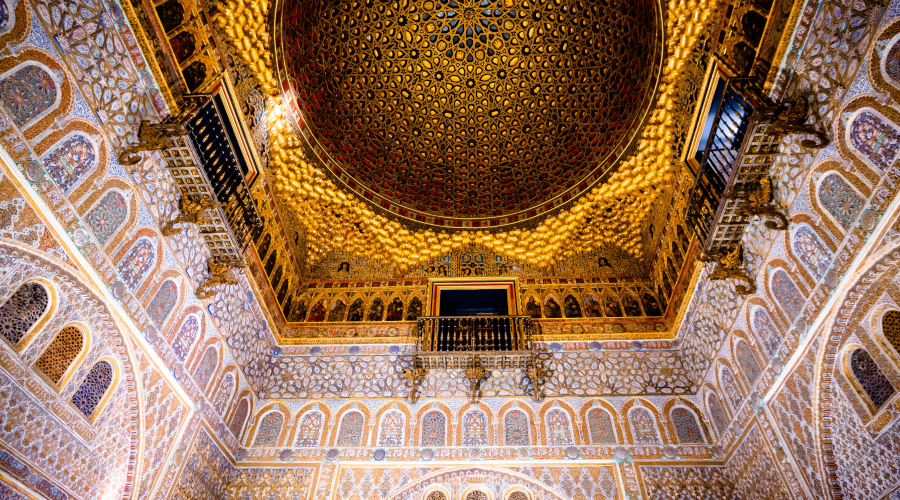
The first must-visit spot in Seville is the Real Alcázar. Originally built as a fortress in the 10th century for the Caliphs of Córdoba, this structure is now a UNESCO World Heritage Site. It was later renovated in the distinctive Mudéjar style, blending Gothic and Islamic architectural elements. The ornate floors, breathtaking patterned walls, and intricate ceilings welcome countless visitors. The Alcázar also features a courtyard constructed between 1369 and 1379, considered a quintessential example of Islamic architecture despite being a Spanish building. With its diverse architectural styles, it’s sure to inspire artists worldwide.
2. Metropol Parasol
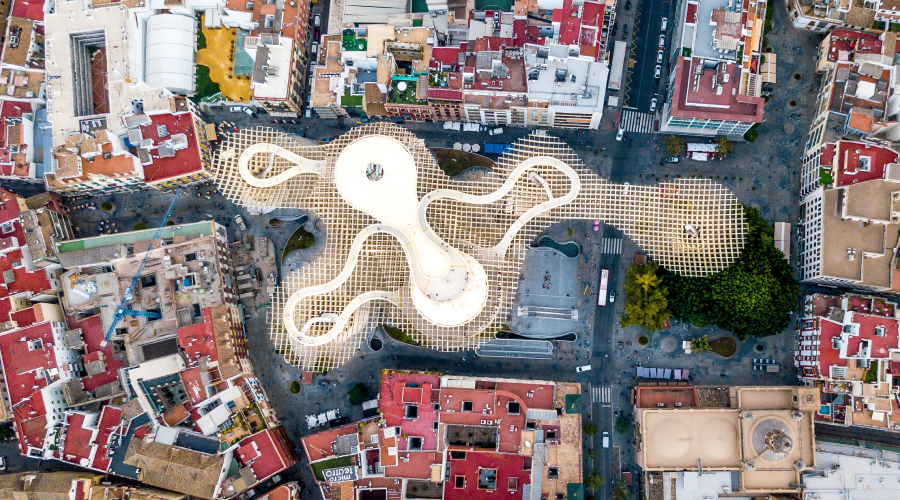
For a blend of leisurely strolls and stunning city views, the Metropol Parasol is highly recommended. Located in Seville but designed by German architect Jürgen Mayer, its unique structure resembles giant mushrooms, earning it the nickname “Las Setas” (The Mushrooms). Standing 85 feet (26 meters) above ground, it also houses an archaeological site in its basement, showcasing Roman, Visigothic, and Moorish artifacts.
3. Santa Cruz
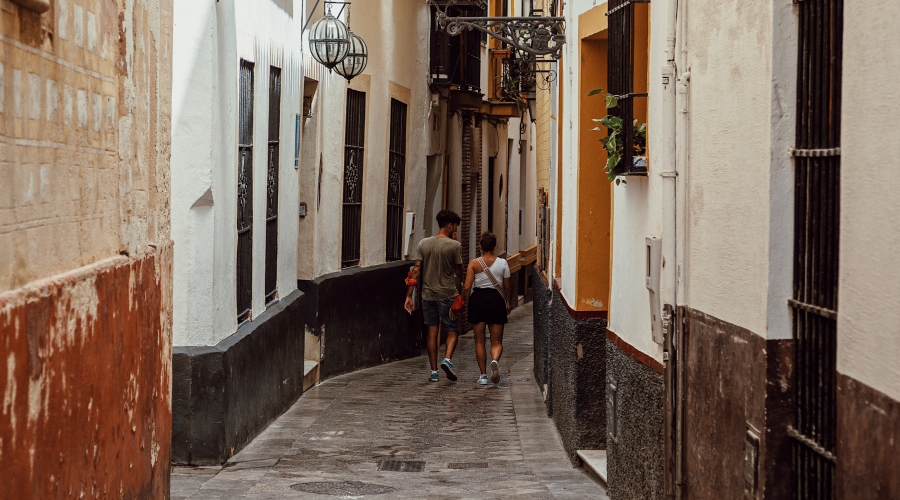
One of Seville’s most charming areas, the Santa Cruz neighborhood, or Barrio de Santa Cruz, is a must-visit. This was the Jewish quarter during the medieval period under Moorish rule, and it’s home to numerous churches and synagogues. Its labyrinthine alleys are lined with whitewashed houses, cobblestone paths, and outdoor cafés. Within Santa Cruz, two notable museums stand out: the Centro de Interpretación Judería de Sevilla, which explores the history of Spanish Jews in the area, and the Hospital de los Venerables, originally a hospital for retired priests.
4. Salvador Church
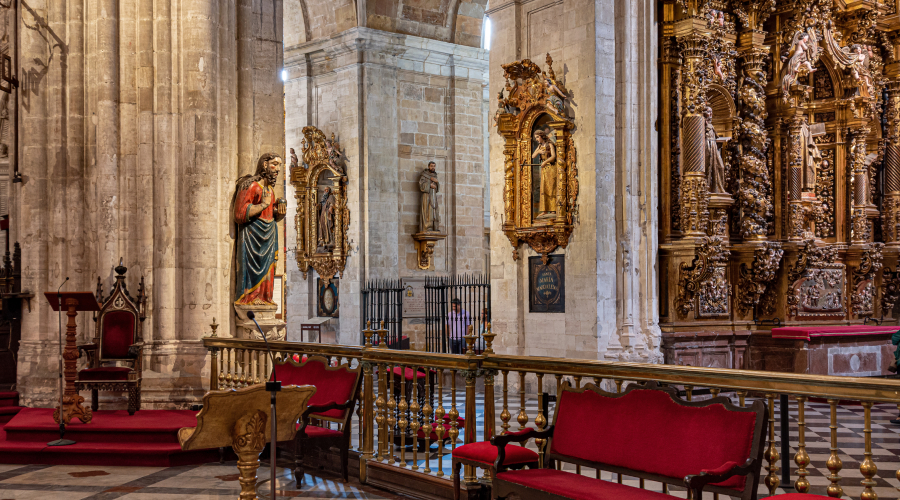
A prominent landmark in Seville, the Salvador Church is a Baroque masterpiece. Construction began in the late 17th century, with several expansions over time. Its striking pink brick exterior and golden interior accents epitomize Seville’s opulence.
5. Royal Bullring of Seville
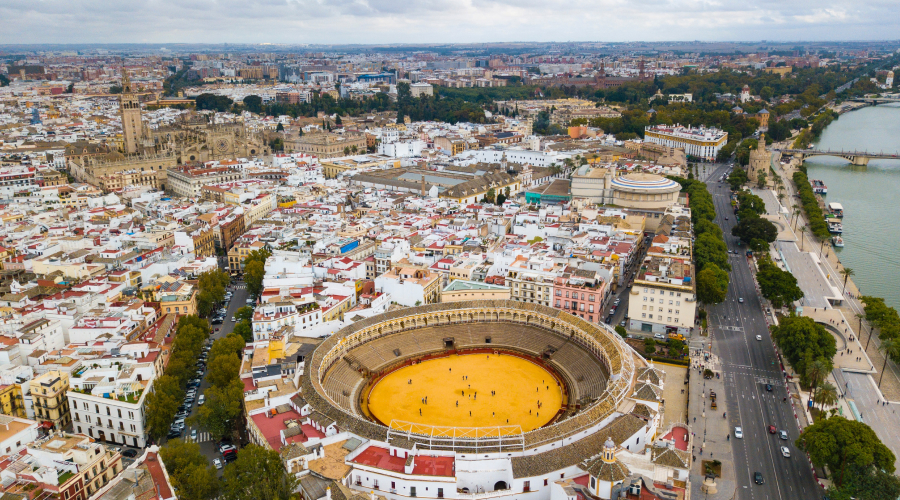
Officially named Real Maestranza de Caballería de Sevilla, the Royal Bullring of Seville is a top recommendation. Spain, with its deeply rooted bullfighting culture, boasts many impressive arenas, but Seville’s is considered the finest. Built in 1761 in the Baroque style, this massive arena can accommodate 12,500 spectators.
6. Casa de Pilatos
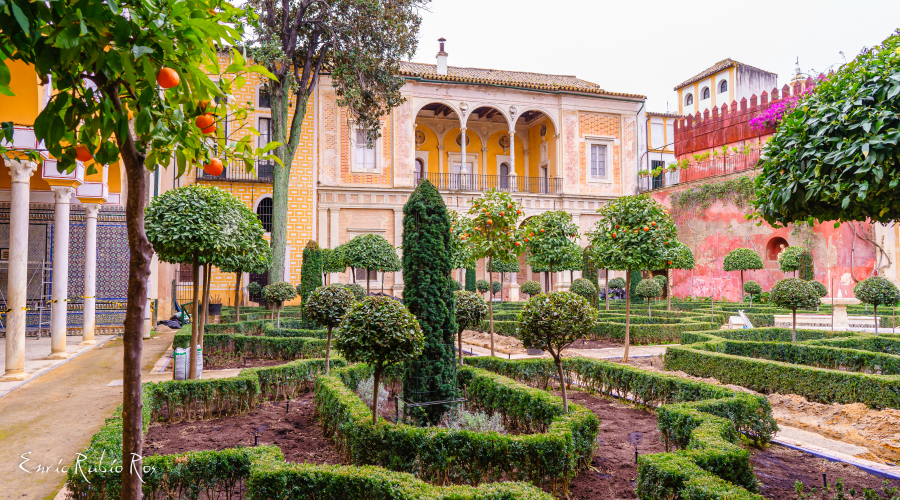
Once a private residence for dukes and nobles, Casa de Pilatos is a must-see in Seville. Designated a Spanish National Monument, this beautiful palace is said to be a replica of Pontius Pilate’s house in Jerusalem. Constructed between the 15th and 16th centuries, it blends Plateresque Renaissance and Baroque styles. It seems many of Seville’s buildings are heavily influenced by Baroque architecture.
7. Catedral de Sevilla
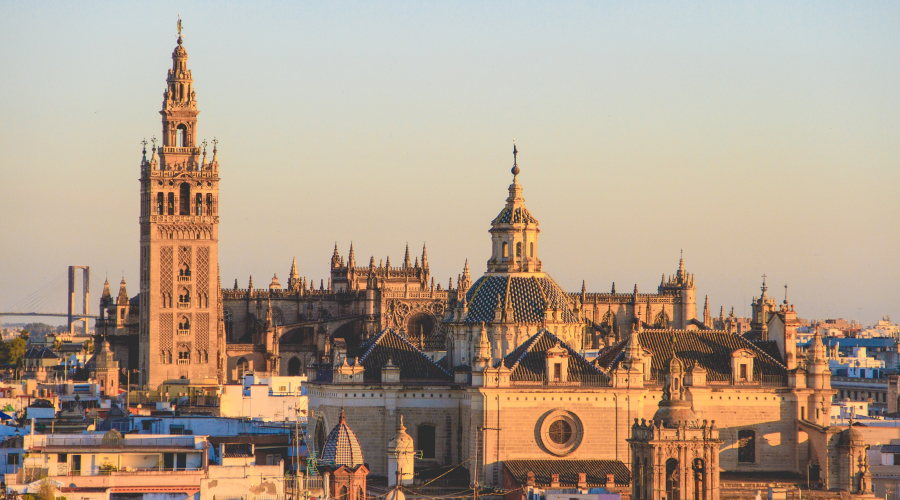
The Catedral de Sevilla, the world’s largest Gothic cathedral, is one of Seville’s most iconic attractions. A UNESCO World Heritage Site, it was built between 1402 and 1506. The cathedral’s interior, with five aisles, spans 384 feet (117 meters) in length, 249 feet (76 meters) in width, and 131 feet (40 meters) in height—an immense scale. Given its size and wealth of features, guided tours are available, with the shortest and most practical option lasting three hours. Truly impressive, isn’t it?
8. Parque de María Luisa
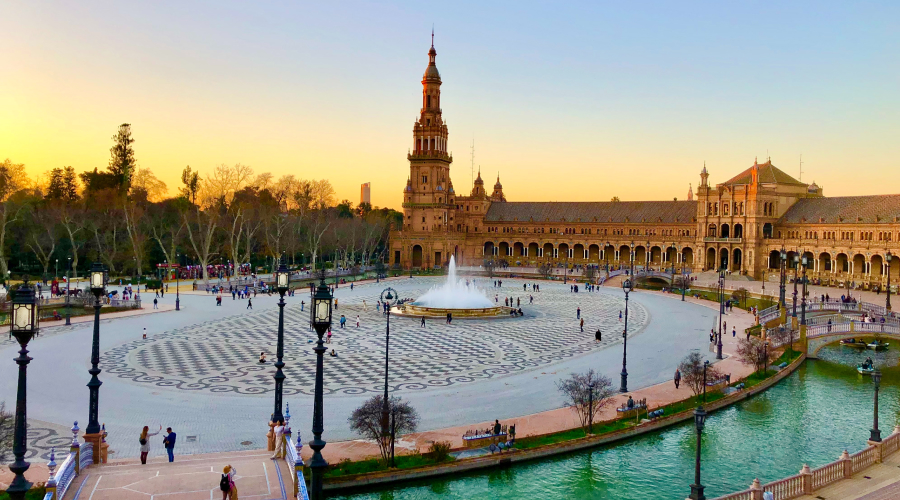
The next must-visit spot in Seville is Parque de María Luisa. You might wonder why this is called the “last” when two more places follow—it’s because the next two are located within this park. Situated around Plaza de España, this expansive park covers 3.66 million square feet (340,000 m²). It’s filled with exotic palm trees, orange trees, elms, and Mediterranean pines lining the river, along with vibrant flowerbeds, walking paths, and decorative fountains adorned with colorful ceramic tiles. Managed by landscapers rather than left wild, the park feels modern and refined.
9. Seville Archaeological Museum
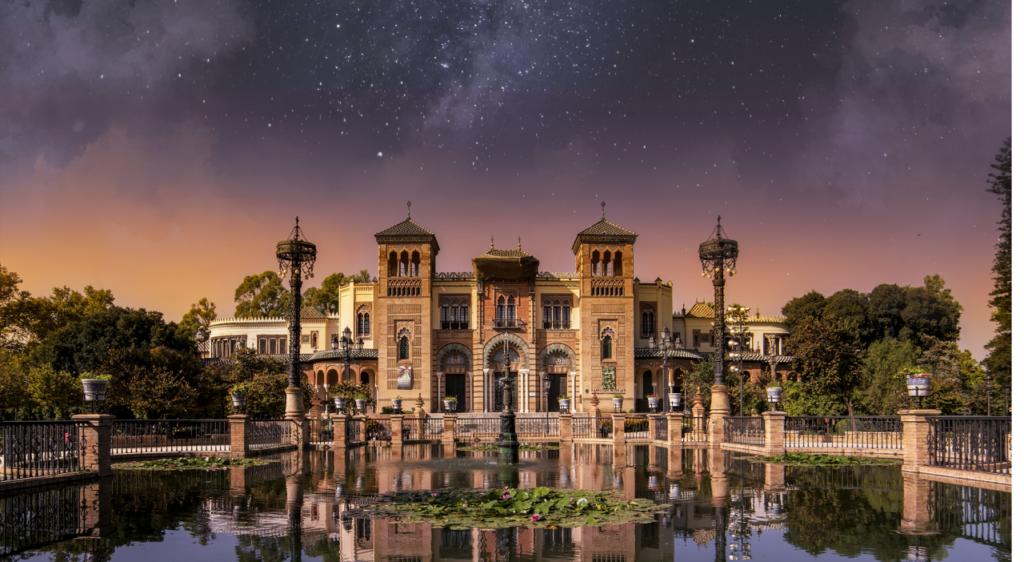
Located within Parque de María Luisa, the Seville Archaeological Museum is recommended not just for its exhibits but for its stunning exterior. Built for the 1929 Ibero-American Exposition, it houses artifacts from the Paleolithic era to Phoenician, Greek, and Roman times.
10. Plaza de España
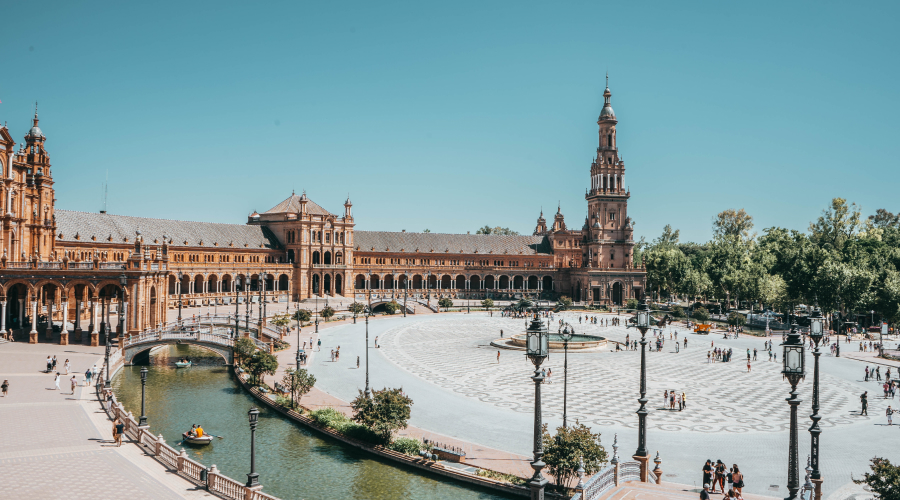
Spanning 538,196 square feet (50,000 m²), Plaza de España has a strikingly simple name. Though located in Seville, it feels representative of all of Spain. This grand square is surrounded by Neo-Moorish buildings with balustrade balconies, evoking the shape of a canal. It frequently hosts outdoor concerts and performances, and at night, the stage is illuminated, creating a magical, fairy-tale atmosphere.
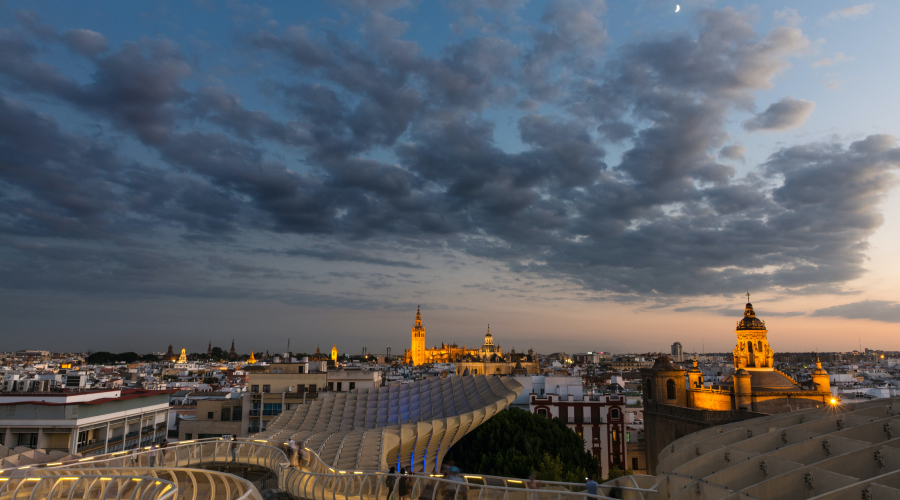
Like many European destinations, Spain’s blend of European and Middle Eastern architectural influences makes it particularly captivating. Despite its relatively small land area, the abundance of attractions is enviable. If I ever have the chance to visit Seville, I’d plan to explore all these must-visit spots.
